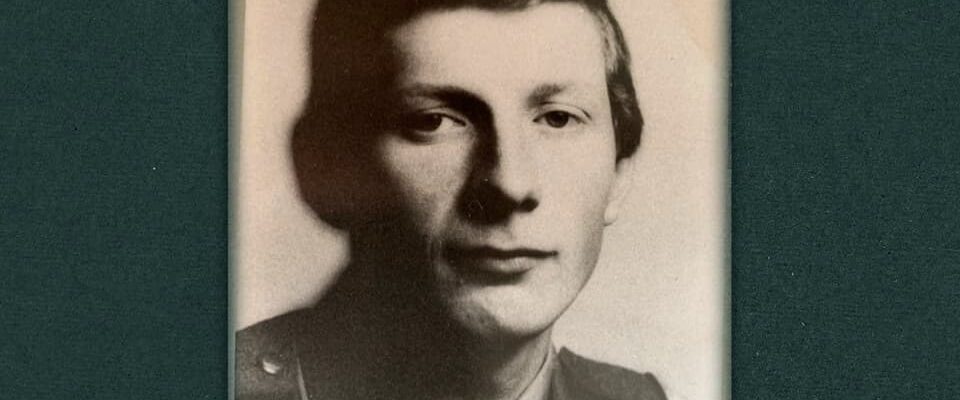1. The Flükiger case
Rudolf Flükiger, 21-year-old farmer’s son from Jegenstorf BE, sets off on a nighttime orienteering run in the fall of 1977 – and never returns. Weeks later, the body of the officer trainee was found. The official cause of death was suicide.
Legend:
Rudolf Flükiger completed the non-commissioned officer school.
SRF
Flükiger’s family doesn’t want to believe that. “He was always upbeat and full of energy,” says his sister in “DOK”.
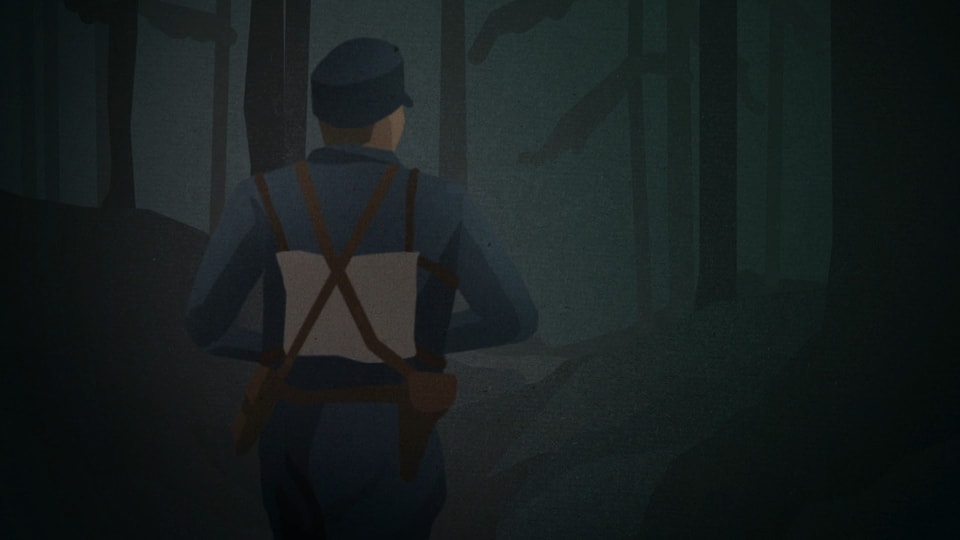
Legend:
Animation from the “DOK” “Cold Cases Switzerland”
Flükiger does not return after a nighttime orienteering run.
SRF
With their doubts, the family initially feels alone and intimidated by the authorities, but over the years the official cause of death is questioned: by politicians, former military officers, and doctors.
A death in a heated time
The death of the Bernese officer trainee comes at a politically heated time: separatists in the Jura have been fighting for decades to found their own canton, and the nationwide referendum is imminent. And the autumn of 1977 goes down in history as the “German Autumn”: left-wing terrorists from the “Red Army Faction” RAF carry out fatal attacks.
The political environment at the time as well as other deaths in the Jura at that time provided the basis for various theories that have never been fully clarified to this day.
Writers and filmmakers deal with the case
The latest attempt at a solution was made by filmmaker Werner Schweizer, whose documentary “Operation Silence – the Flükiger Affair” premiered in Solothurn in January 2024.
Schweizer says it is now clear to him that Flükiger did not commit suicide. Then the question arises: who killed him? And why the depiction as suicide?
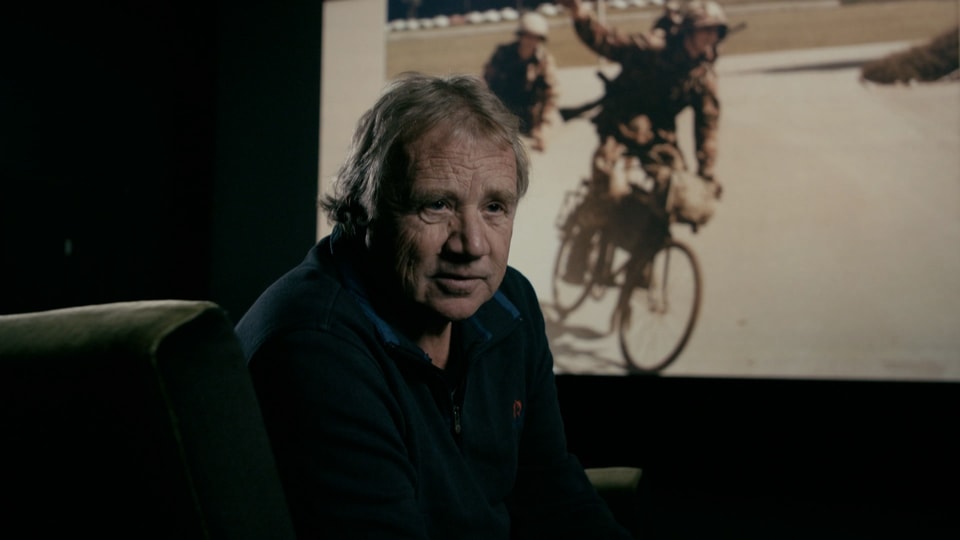
Legend:
Werner Schweizer researched and retold the story of the farmer’s son Flükiger in his film.
SRF
The case also concerns the writer Daniel de Roulet, who dealt with the events in the novel “Reason of State”. He is convinced that the upcoming vote on the canton of Jura was crucial. “I’m not saying the state knew who it was [der Flükiger getötet haben könnte / Anm. d. Red.]. They simply said: We don’t want to know because something stinks there.”
2. The Breguet case
In the mid-1990s, the dossier of a case that had the makings of a Hollywood film was on the desk of the then Swiss Federal Prosecutor Carla del Ponte.
The Ticino terrorist Bruno Breguet disappeared without a trace from a ferry between Italy and Greece in 1995. Del Ponte had initiated an investigation into Breguet, and after his disappearance she made inquiries into it.
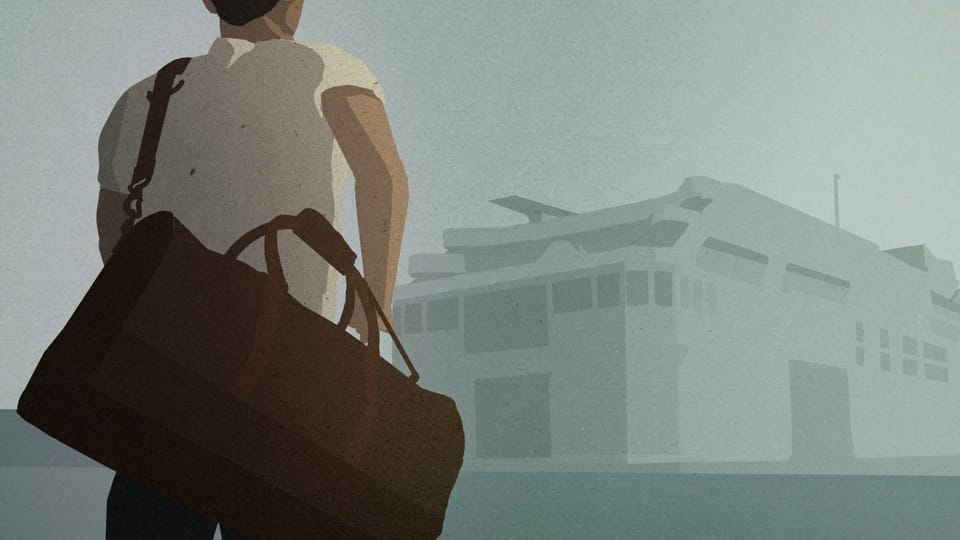
Legend:
Animation from the “DOK” “Cold Cases Switzerland”
Last sign of life: On November 12, 1995, Bruno Breguet boards a ferry from Greece to Italy.
SRF
Bruno Breguet became radicalized in the wake of the Middle East conflict at the end of the 1960s and wanted to carry out a bomb attack in Israel for the Palestinian terrorist organization PFLP. Breguet’s school friend from Minusio TI, Gianni Quattrini, maintained long-term correspondence with him.
Even though his friend became a terrorist, Quattrini still feels connected to him to this day. «Bruno had a great sensitivity towards people who suffer, who are not free. He never told me exactly what he wanted to do in Israel.”
In Munich, Breguet pulls the trigger on a bomb
As the historian Adrian Hänni describes in his book (“Terrorist and CIA Agent”), it doesn’t just stop at assassination attempts: after a prison sentence of several years in Israel, the Swiss joins the notorious group of the well-known terrorist “Carlos”.
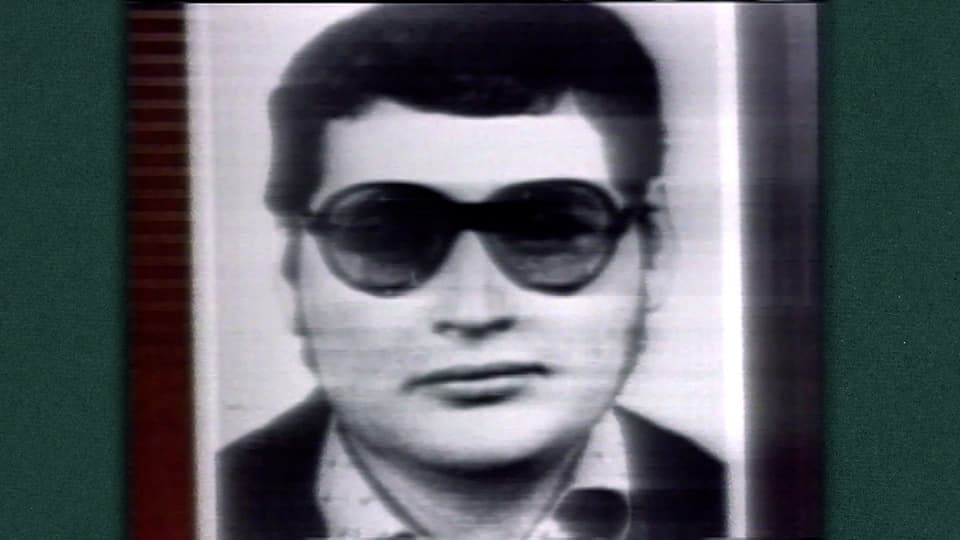
Legend:
The Venezuelan terrorist Ilich Ramírez Sánchez, known as “Carlos the Jackal”. The famous portrait photo became a symbol of terrorism in the 1970s and 1980s.
SRF
In 1981 in Munich, when the offices of the American radio stations Radio Free Europe and Radio Liberty were bombed, it was Breguet who pulled the trigger. The station’s security chief, Richard H. Cummings, remembers in “DOK”: “Everything here was destroyed. The damage was visible two meters inside the building. Four Czech employees were injured.”
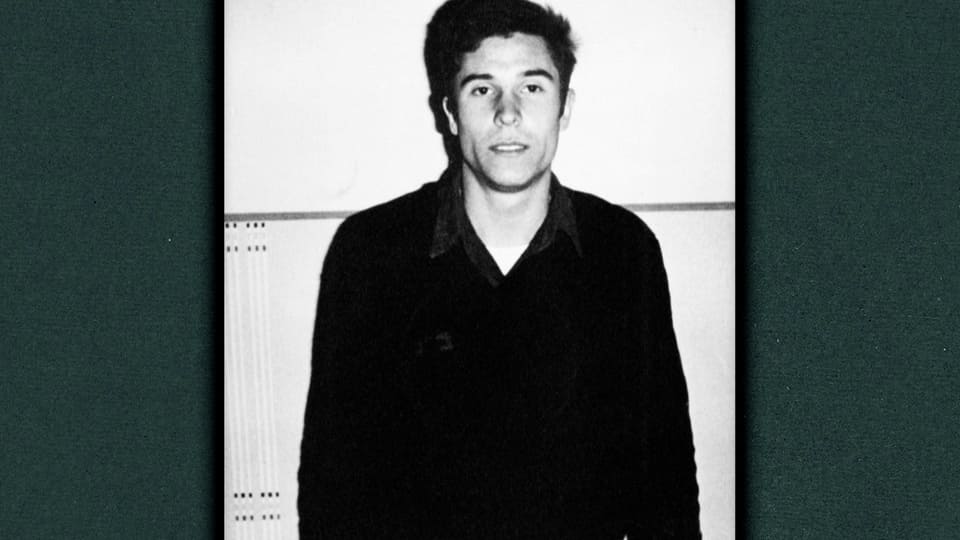
Legend:
Bruno Breguet detonated the bomb on a Saturday evening when only a few employees were in the building.
SRF
In 1991, Breguet’s story took another surprising turn: he became a CIA agent. Under the code name “FDBONUS1” he provided the CIA with a lot of information about the “Carlos” group and other terrorist organizations from 1991 at the latest.
A long-time perpetrator who becomes a victim?
What the Swiss federal prosecutor del Ponte said she didn’t know at the time and is still an open question today: What happened to Breguet in 1995?
For the historian Adrian Hänni, there are three possible explanations for the disappearance: He went into hiding to avoid prosecution. Or the CIA took him away and put him in a witness protection program. But the third option is most likely: a revenge killing by one of the terrorist groups that he betrayed.
3. The Grünbaum case
Rabbi Abraham Grünbaum survived the Holocaust as a child, found a new home in Israel, dedicated his life to his faith – and at the age of 70 he was shot dead on a summer evening in June 2001 in the middle of Zurich.
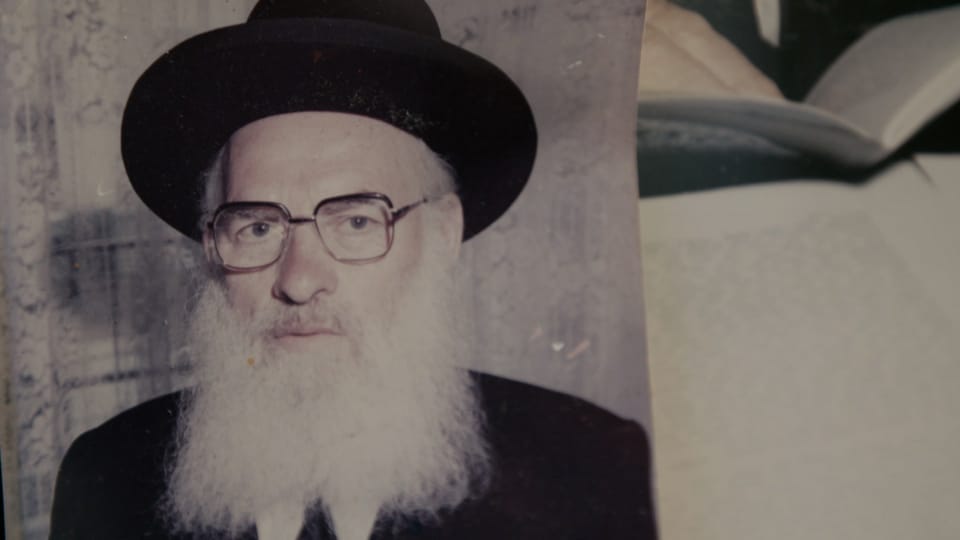
Legend:
Abraham Grünbaum was born in Poland in 1930 and lived in a suburb of Tel Aviv.
SRF
«He was a serious man. You could make him smile, but you had to put in a little effort,” recalls Esra Berkovics, who was Grünbaum’s guest.
For almost 30 years, the rabbi from Israel had repeatedly traveled to Zurich to collect donations in synagogues for his Talmud school in Israel.
Grünbaum was last seen in the synagogue on Freigutstrasse in Zurich. He had arranged to meet Berkovics at the synagogue on Erikastrasse for evening prayers.
He knew the fifteen-minute walk from previous visits. But he must have taken a detour. Shortly after 10 p.m., shots were fired near Hallwylplatz and the perpetrator fled.
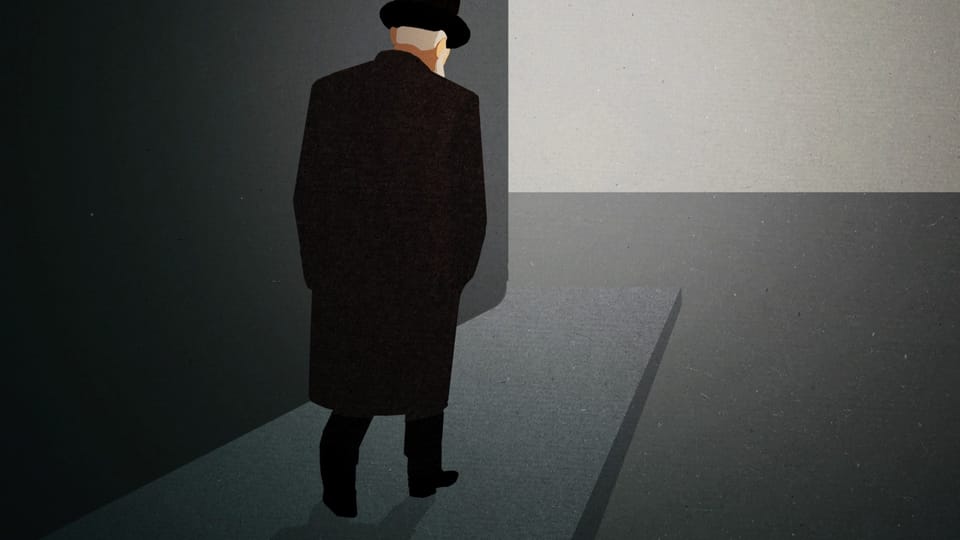
Legend:
Animation from the “DOK” “Cold Cases Switzerland”
Abraham Grünbaum: shot on June 7, 2001. He is 70 years old and leaves behind a family of eleven children.
SRF
For Grünbaum’s host Berkovics it is still a mystery why his guest took a different route. The investigating authorities soon ruled out a relationship crime or a robbery-murder against the rabbi from Israel.
The chances of clarification decrease with each passing day
The suspicion remains that the murder was motivated by hatred of Jews. There is no evidence, including no suspect. But the political environment in the summer of 2001 would support the thesis: It is the second year of the second Intifada, and Palestinian terrorists are carrying out repeated attacks in Israel.
An extremist attacking an identifiable Jew in Europe – it would be a pattern that can be observed again and again.
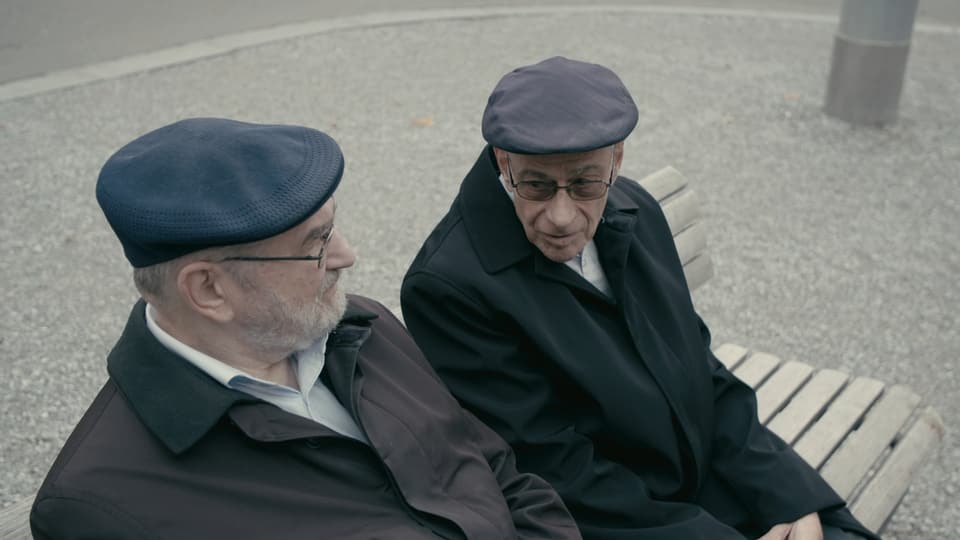
Legend:
Esra Berkovics (left) and Rolf Halonbrenner were acquaintances of the killed Abraham Grünbaum. Even if the suspicion of hatred of Jews as a motive has not been proven, the threat is real for Jews like them.
SRF
But the Grünbaum case is still not resolved today. The criminal proceedings by the Zurich public prosecutor’s office have been suspended. There are no new investigative approaches. The 2001 killing is in danger of becoming statute-barred. The statute of limitations is 30 years, and in a good seven years the perpetrator could feel safe from legal consequences.
The prospect of an investigation is decreasing with each passing day, says Nora Markwalder, professor of criminal law at the University of St.Gallen: “If you investigate for years and you still don’t have a suspect, then it will be very, very difficult to find someone after years. »
